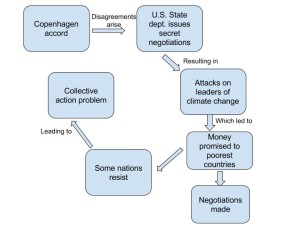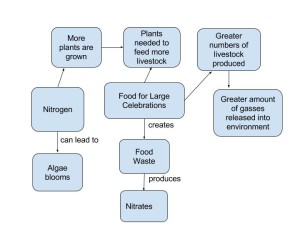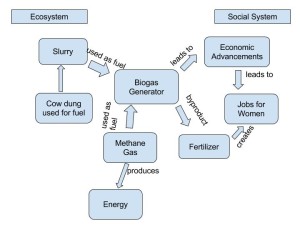For this learning activity I have decided to assess the biodiversity of my home state of Pennsylvania. The United States has a wide range of biodiversity, varying from North to South and East to West. Pennsylvania has a vast array of forests with many different species of plants and wildlife. The different seasons that we experience here provide different weather that allows certain species to thrive at different times. There is not one constant climate like some areas experience. For example, in the summer we see trees full of leaves and wildlife out and about, but in winter many species are in hibernation and waiting for warmer weather. In contrast, more southern states experience higher temperatures year round and have more of a tropical climate, especially the state of Florida. Go further West and we see a dry climate with little rainfall and different agricultural conditions. It is clear that even in one single country, there can be much biodiversity.
With Pennsylvania having a wide biodiversity, species have a greater likelihood of surviving when threats are presented. If there were ever a certain species facing extinction within this state there are many others that would still be able to thrive and adapt. However, we could face serious problems if our forests were completely cleared, since they are a major part of our environment. Not only would it cause problems for humans, but also for the creatures who make these forests their homes. This could lead to animals invading human spaces and possibly even causing minor destruction. It is important to me to not only preserve the biodiversity in Pennsylvania, but throughout the world as well. As the dominant species on this planet, it is vital that we take account for our actions and do all that we can to decrease harmful effects on the environment. As discussed in the module, it is not always humans that contribute to biodiversity threats, but natural events such as climate change and natural disasters. In these cases, we still have the responsibility to rebuild and help species thrive again.



